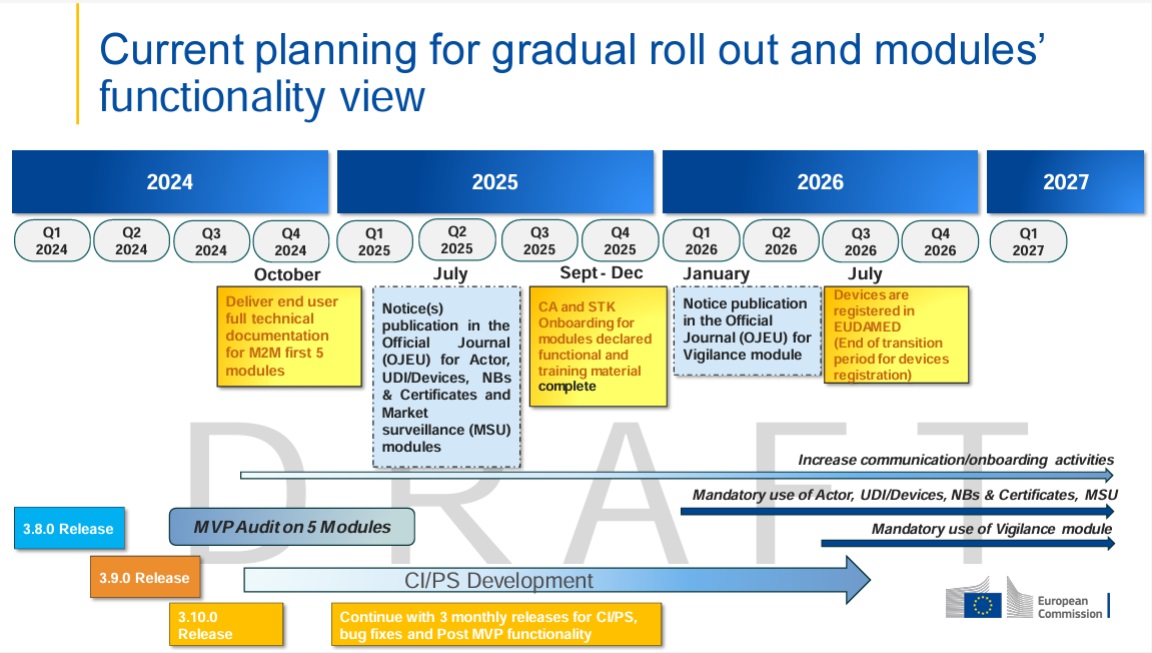
What is eMDR?
eMDR (Electronic Medical Device Reporting) is the US FDA’s electronic reporting system for vigilance cases related to medical devices. This system enables the structured and standardized reporting of adverse events, device defects and serious incidents that occur in connection with medical devices. The FDA uses these reports to continuously monitor the safety of medical devices in the U.S. market and to identify potential risks that may require further regulatory action.
Obligation to report and stakeholders affected
The reporting obligation under the eMDR system comes into force in various critical situations. This includes deaths or serious deterioration in the health of patients or users associated with a medical device. Likewise, device defects or malfunctions must be reported that could lead to a serious incident if they occur again. Recalls or corrective measures in the field also fall under this reporting obligation.
Responsibility for these reports lies with various actors in the supply chain. US-certified manufacturers are required to report such incidents, regardless of whether they occur inside or outside the US . U.S. importers of foreign equipment also bear this responsibility, as do so-called user facilities, which include hospitals, care facilities, and other healthcare providers. It is particularly relevant for European manufacturers that they are also subject to the reporting obligation if their products are sold in the USA, even if the reported incidents occur outside the USA.
Technical requirements and deadlines
The technical implementation of the eMDR reports follows strict requirements of the FDA. All reports must be created in HL7 ICSR (Individual Case Safety Report) XML format according to the FDA scheme. These XML files are created in a zip archive with digital signature in the eSubmitter and transmitted via the ESG WebTrader, which can optionally also contain PDF attachments. The complexity of this format is evident in over 200 different fields that must be filled out correctly to meet strict FDA validation rules.
The deadlines for reporting are staggered depending on the severityof the incident. In the case of critical risks, in particular in connection with recalls, the reports must be made within five working days . A period of 30 calendar days applies to regular MDRs(Medical Device Reports). These short deadlines increase the pressure on companies to establish efficient and reliable reporting processes.
The challenge of the manual process
Many manufacturers still rely on the classic, manual workflow for eMDR messages via tools such as the FDA eSubmitter and the ESG WebTrader. However, this traditional approach poses significant challenges. The typical manual flow starts with the entry of the case data in the eSubmitter tool, followed by the manual creation of the HL7 ICSR XML file. A zip archive must then be compiled which, in addition to the XML file, also contains a signature file, the Medwatch Form 3500A and optionally other attachments.The manual upload via the so-called The FDA’s Electronic Submissions Gateway ESG portal and the subsequent processing of up to four different ACK (Acknowledgment) files complete this time-consuming process.
The time required for a single case in this manual procedure is often between 30 and 45 minutes. This time adds up to considerable resource expenditure for companies with a high reporting volume. In addition, the process is highly prone to errors. The complex HL7 structure with its over 200 fields and the strict FDA validations mean that even small XML errors can lead to the rejection of the entire report. The feedback from the FDA in the form of ACK1 to ACK4 must be checked and interpreted individually, which means additional effort. Without centralized monitoring and automation, this creates delays that are not only inefficient, but can also lead to compliance violations.
Die Europe IT Consulting GmbH has developped a solution for eMDR data submission:









Related Posts